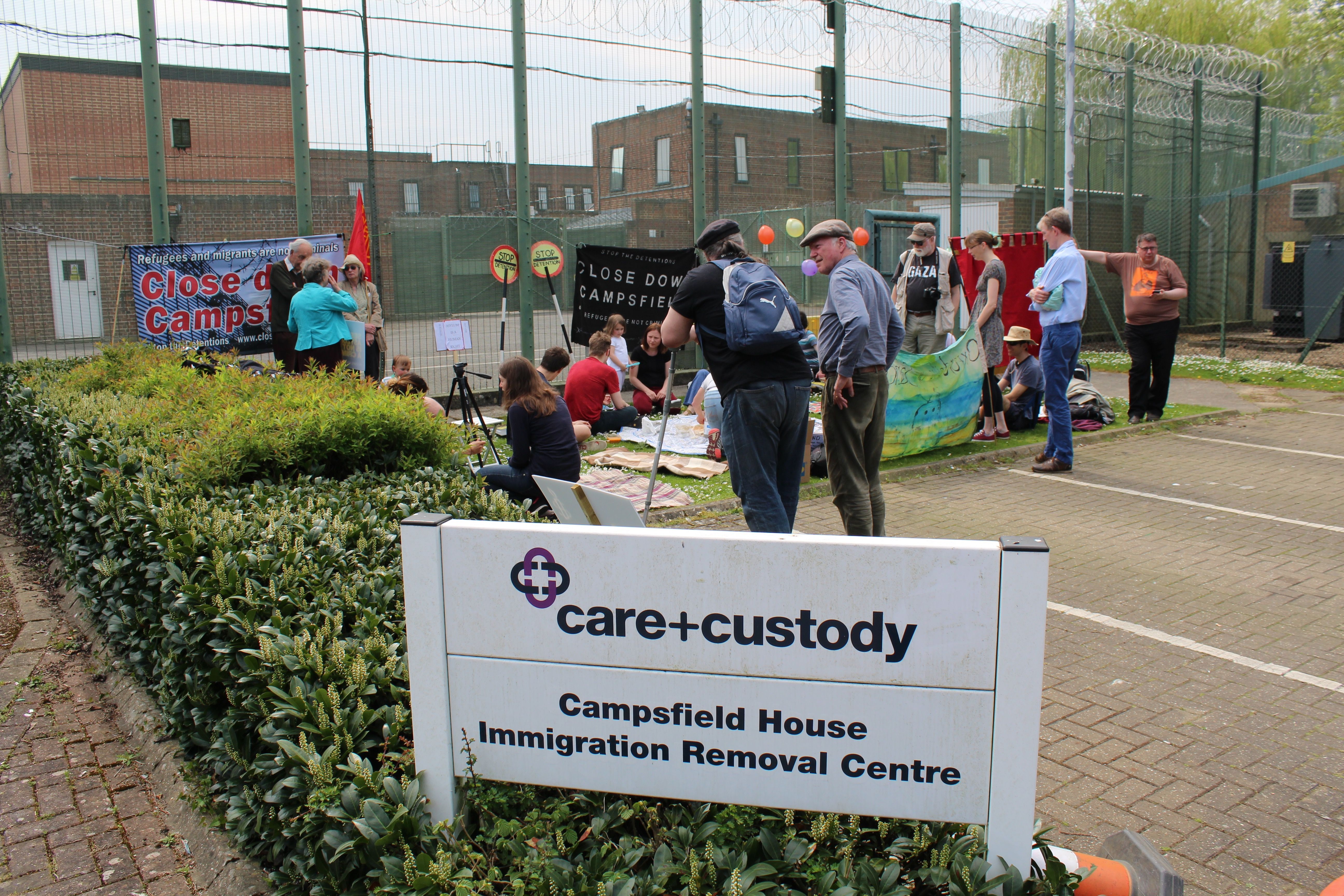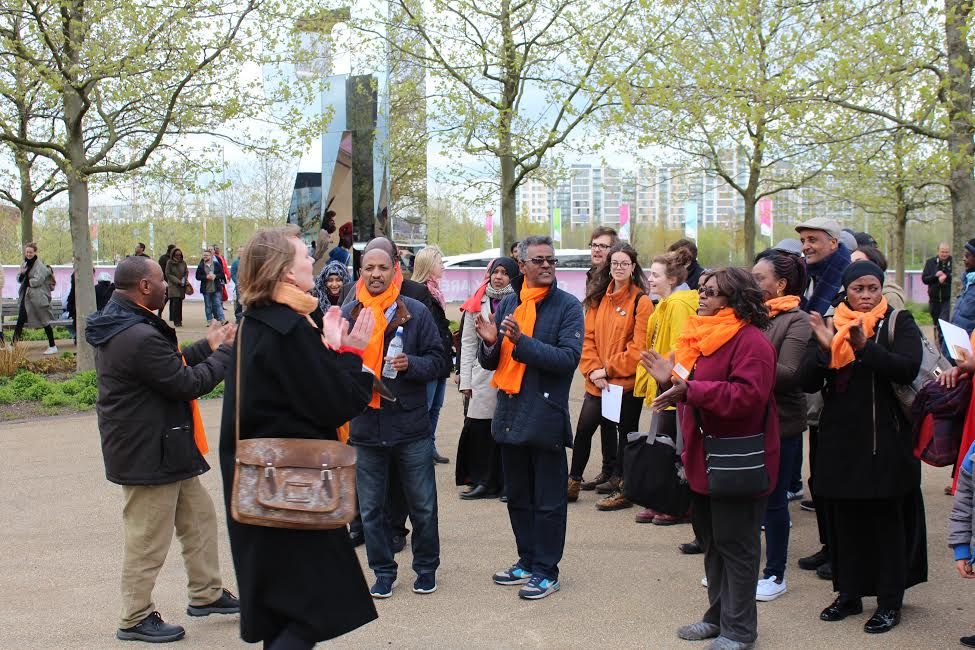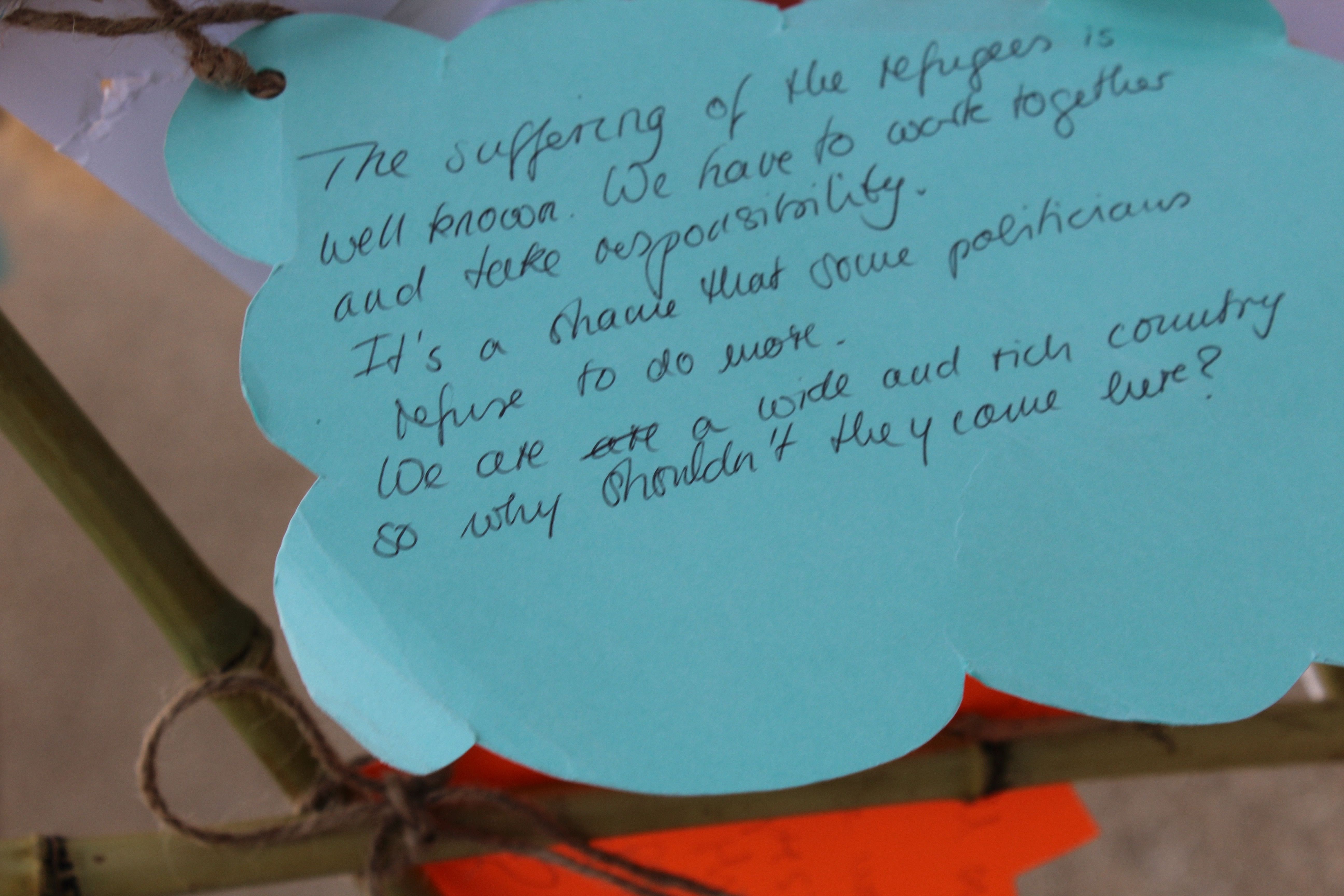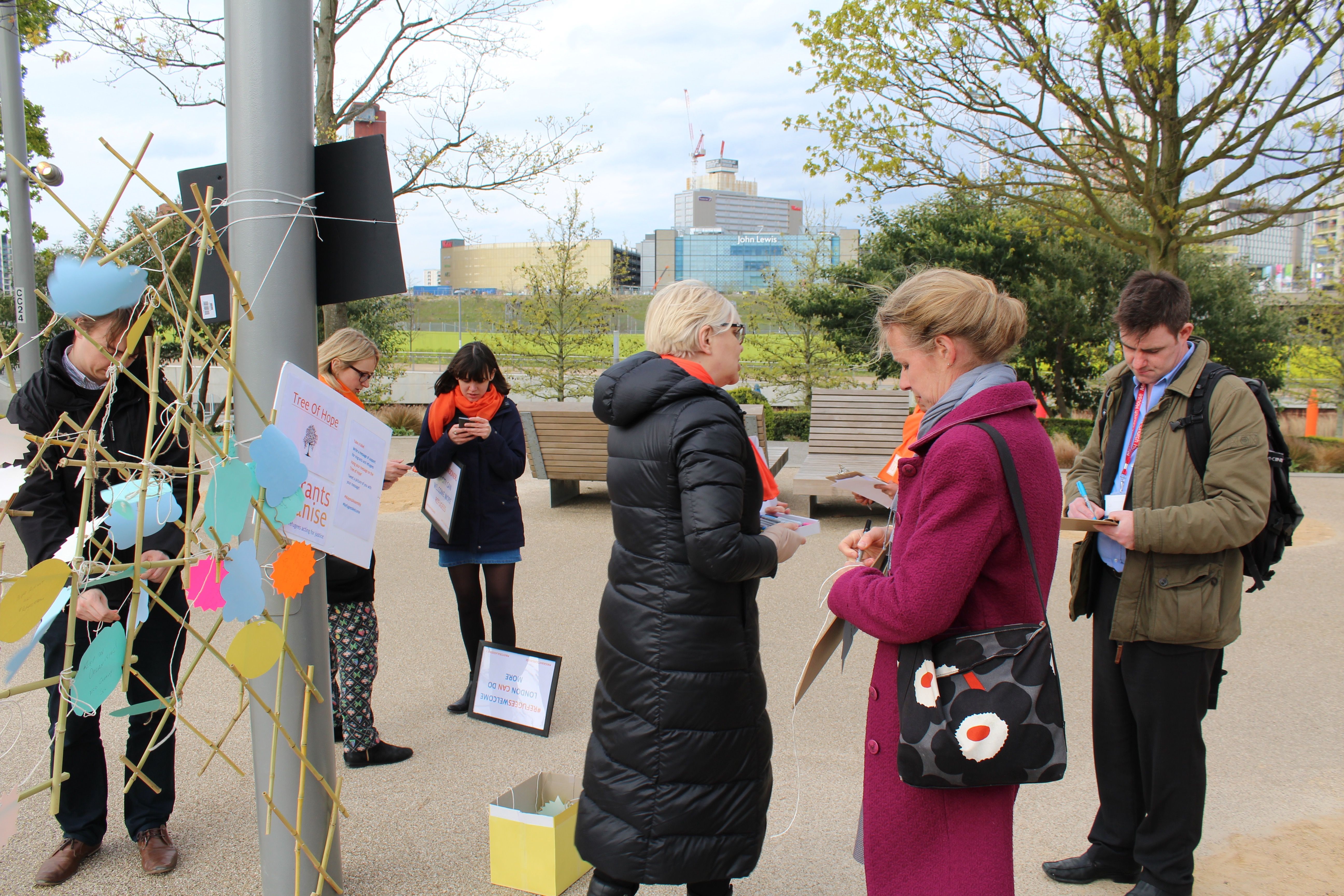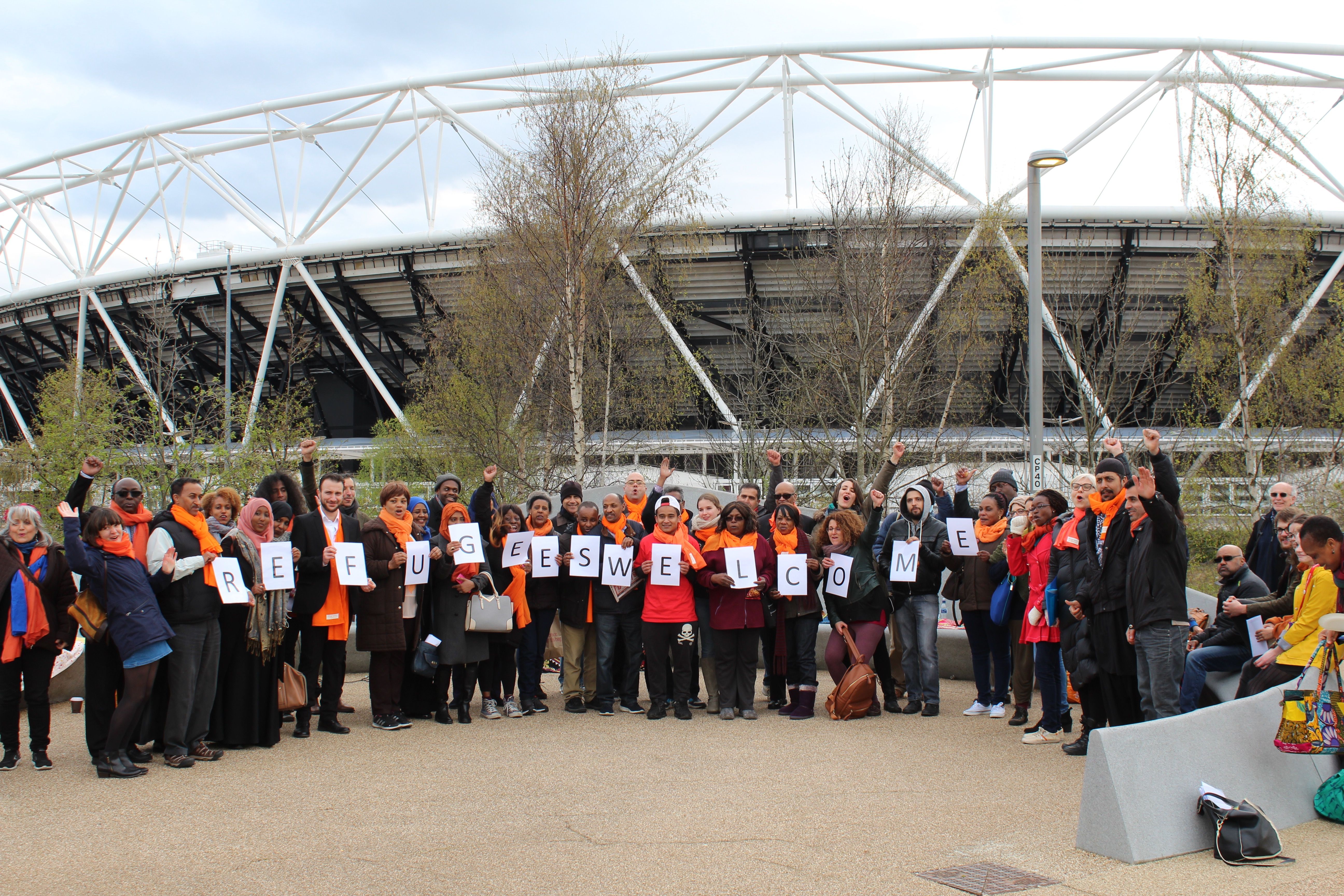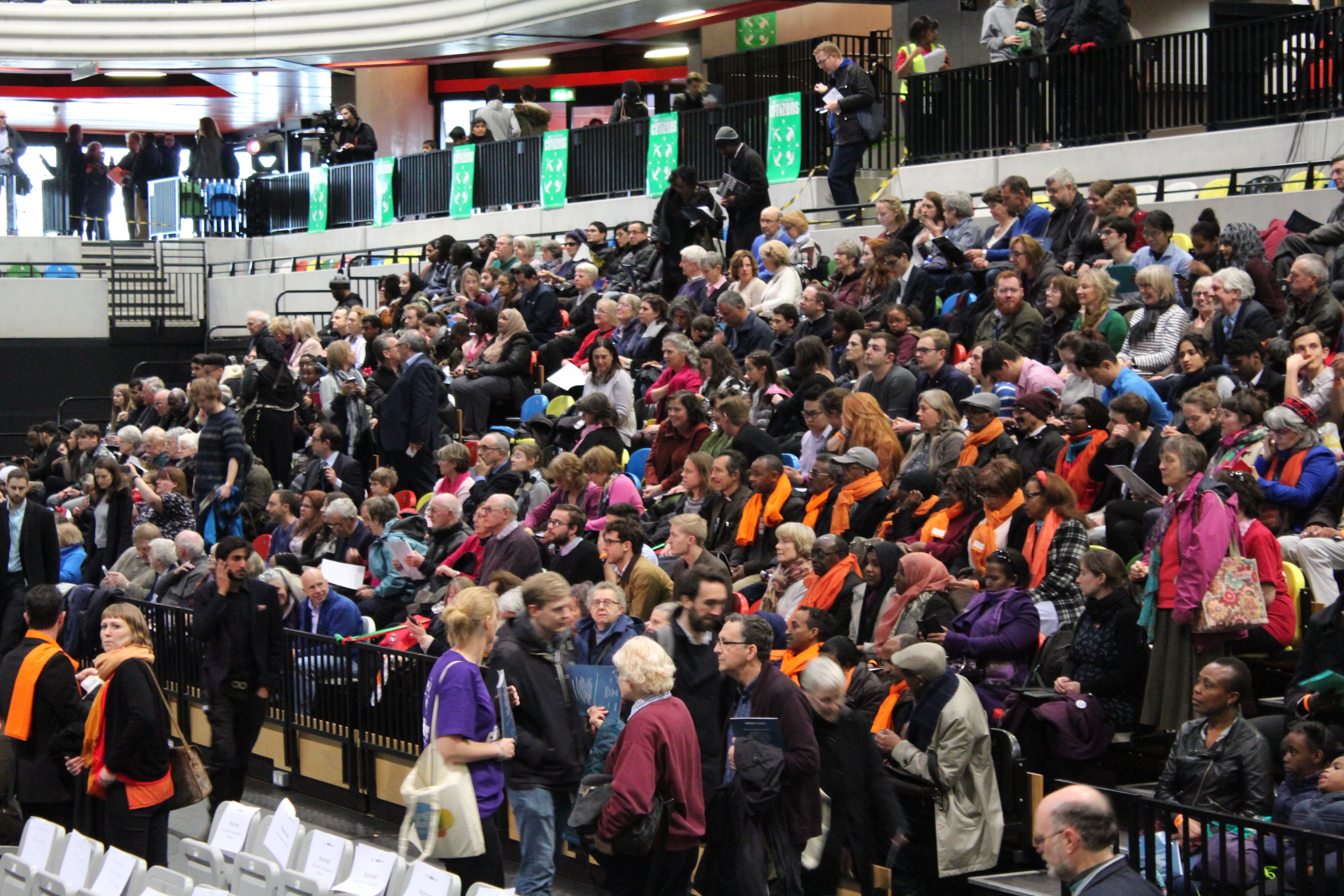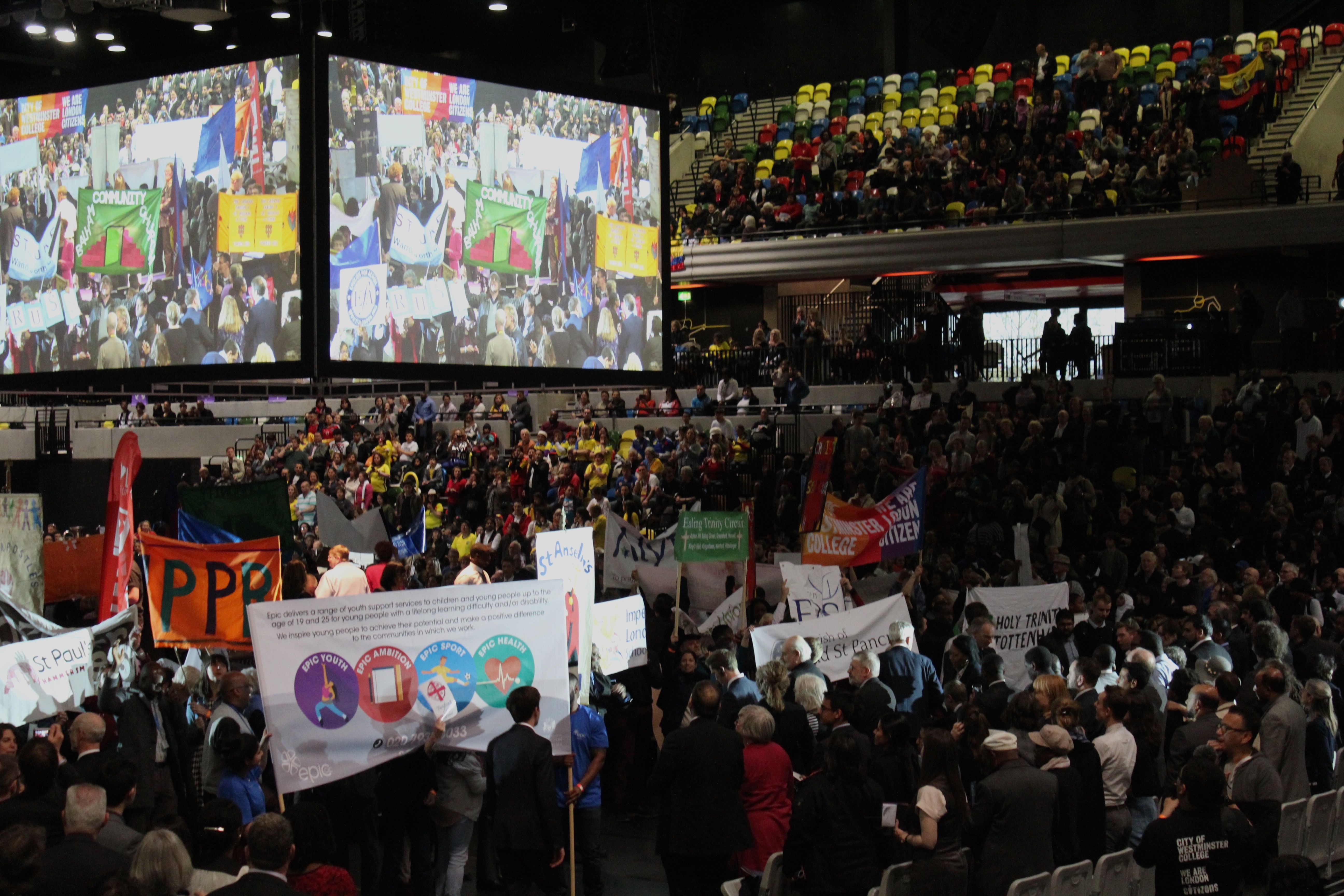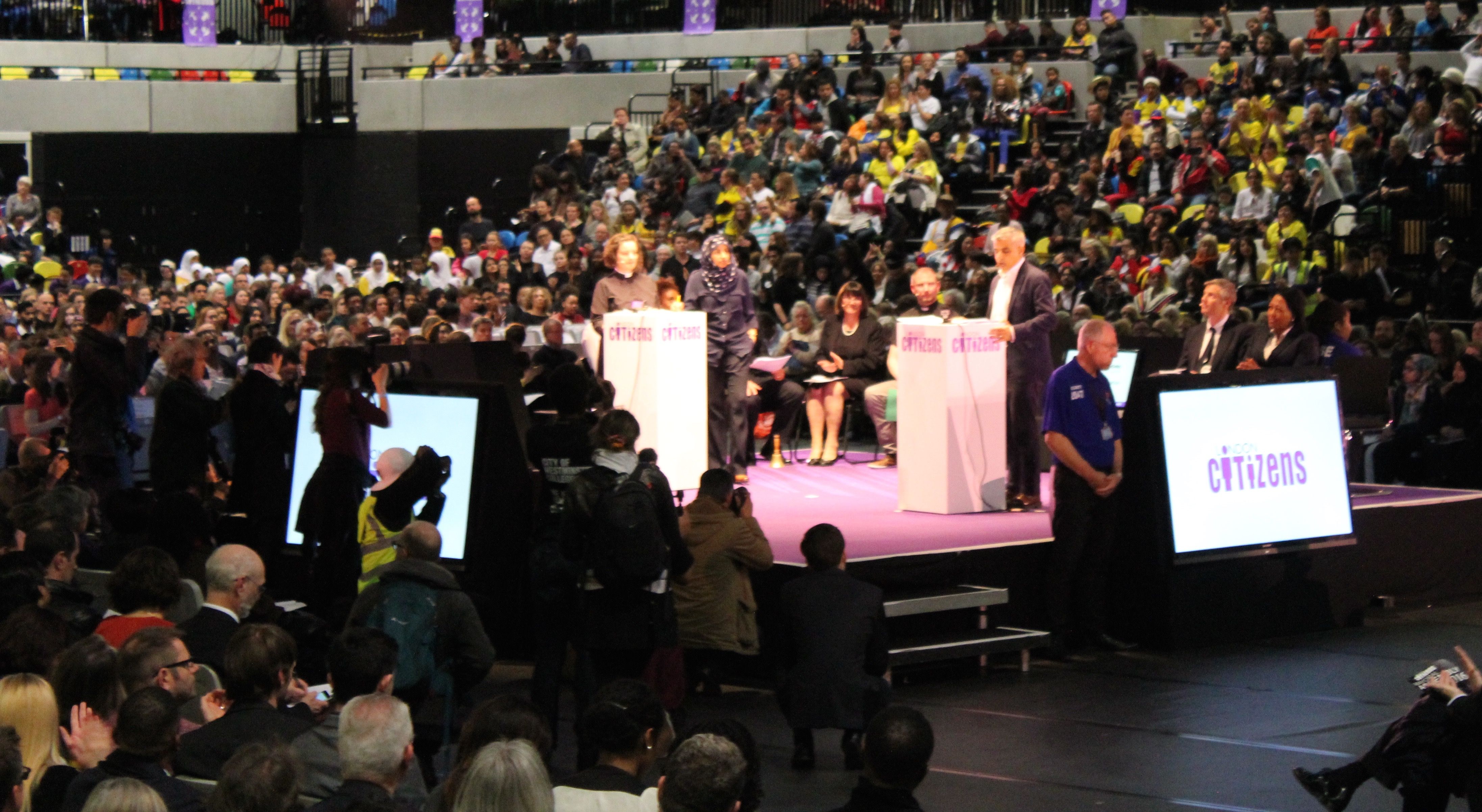Objective:
Students will be able to identify and articulate central ideas from three resources from the project "Britain's Irregular Migrants" in order to to provide an objective summary of the project.
Warm-up:
On a separate sheet of paper, write your responses to the following questions. Be prepared to share your responses.
- What words, phrases or images do you think of when you read the term "illegal alien?"
- What words, phrases or images do you think of when you read the term "irregular migrant?" What do you think the term means?
- What might be some of the impacts of rapid migration to your country?
- How might your community respond if there was suddenly rapid immigration to your city?
Introducing the Lesson:
In this lesson you will analyze a Pulitzer Center reporting project exploring diverse responses to irregular migrants in Britain. The project also highlights what life is like for the more than 400,000 migrants in Britain without legal status at a time when harsher immigration bills being considered, more migrants seeking entrance to Britain and British citizens continuing to debate whether or not their country should remain part of the European Union.
For more information about Britain, and how it is different from Great Britain and the United Kingdom, click here.
For more information on the debate surrounding whether or not Britain will remain part of the European Union, click here.
Introducing the Resources:
Review the resources attached and answer the accompanying questions. After reviewing all three resources, write your responses to the following questions:
- What do you think is the main point the author is trying to convey in this project?
- Why do you think the author included these three stories as part of his project?
- Choose one resource: How did this resource progress the main point of the project?
Extension Activity:
1. Using details from all three resources, write an objective summary of the project.
2. Read the project description attached from journalist Abe Kenmore. Consider the following:
- How does your project description compare to the description written by Kenmore?
- After reviewing Kenmore's description, what other stories do you think could be part of this project? Write a plan for at least two stories that you would investigate to include as part of Kenmore's project, "Britain's Irregular Migrants."
In the following lesson plan, which is in line with common core standards, students will investigate educational resources in order to learn about irregular migrant detention centers.
CCSS.ELA-LITERACY.RI.8.2
Determine a central idea of a text and analyze its development over the course of the text, including its relationship to supporting ideas; provide an objective summary of the text.
Lesson Facilitation Notes:
1. The lesson plan is written for students to be able to explore the resources independently and reflection exercises independently.
2. Students may need to have an extra sheet of paper, or a blank online document open, to answer the warm up, comprehension and extension questions.
3. The lesson lists an extension exercise.
4. The warm up and post-reading reflections in this lesson could also lead to rich conversations. You many want to working through the lesson along with the students and denote moments for interactive activities.
5. With questions about this lesson, contact [email protected]

